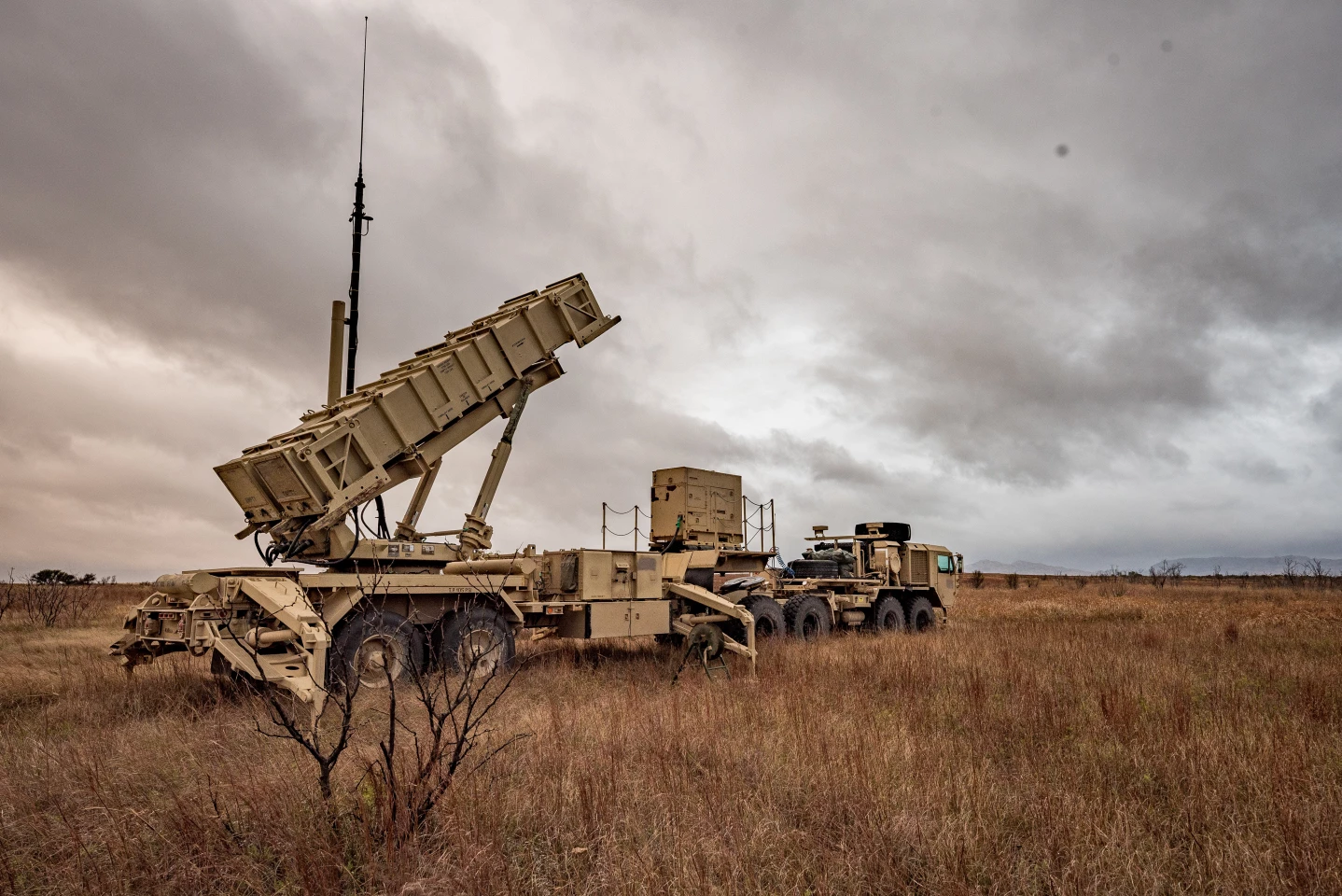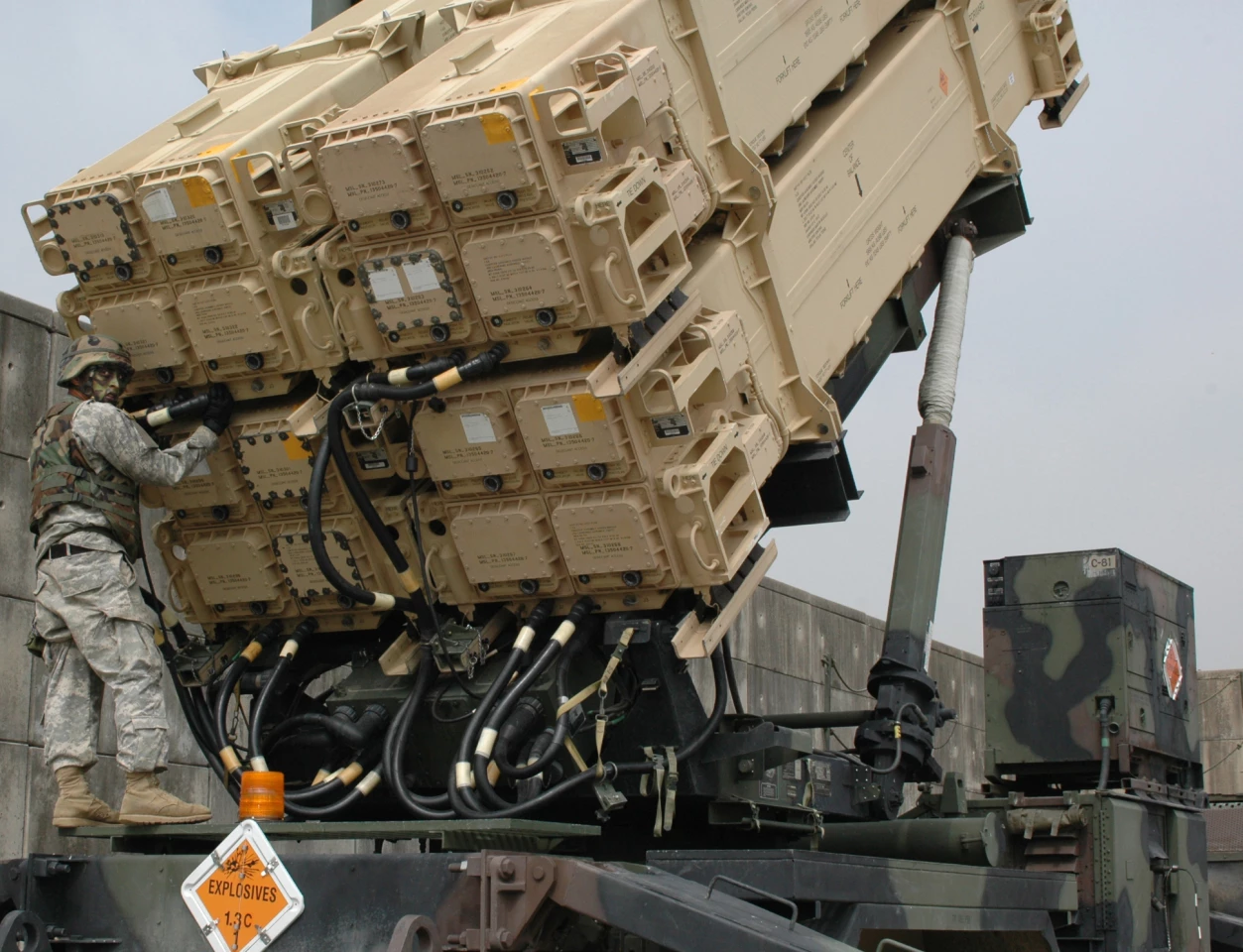In a remarkable shift in policy, the United States government announced on December 21, 2022 that it would supply Ukraine with the Patriot Missile System to aid in its fight against Russia. On January 5, Germany announced that it was sending a Patriot system as well. Does this mark a major shift in the war or is there more to the story? New Atlas takes a look.
With Russia's invasion of Ukraine pushing close to its second year, NATO countries and other supporters of Kyiv's resistance against Russia have begun to change their policies and are giving not only more money, but also advanced weapons and training that would have been unthinkable at the start of the war.
Fearing the danger of expanding the conflict, the major powers have held back from providing weapon systems that Russia might see as a provocation, but that changed in December when the Biden administration confirmed that it was sending a single Patriot Air Defense System battery to Ukraine as part of a new US$1.85-billion military aid package.

"Today’s assistance for the first time includes the Patriot Air Defense System, capable of bringing down cruise missiles, short range ballistic missiles, and aircraft at a significantly higher ceiling than previously provided air defense systems," said the US Secretary of State Anthony Blinken.
This is a major shift from the start of the conflict. In March 2022, Poland asked Germany to transfer Patriot launchers to Ukraine, but the latter refused on the grounds of not wanting to escalate the war. Now the Patriots are on the way with all that implies.
The Patriot missile system
The Phased Array Tracking Radar for Intercept on Target (Patriot) Air Defense System, also known as the Patriot Missile System, is a surface-to-air missile and anti-ballistic system. It's built by Raytheon Technologies as the prime contractor and is regarded as one of the most sophisticated defense systems of its type in the world.

It began life as a replacement for the Nike Hercules Missile System in the 1960s and was named Patriot in 1976. It was first deployed in Europe by the US Army during the last years of the Cold War, but didn't see action until the 1991 Gulf War, when it gained fame by intercepting Iraqi SCUD missiles aimed at Israel and Saudi Arabia. During that conflict, the US government claimed an intercept success rate of 60 percent, which was unheard of at that time, though these figures have been disputed.
Today, Patriot serves in about 17 countries, with the United States fielding 1,106 Patriot launchers in 15 battalions. In addition, several variants have been released as the system was upgraded and the system has enjoyed remarkable success in a number of conflicts.
Capable of intercepting multiple targets at a range of 20 to 100 miles (32 to 160 km), the Patriot system is mounted on trucks with up to four launcher canisters and each canister holding four missiles. Each battery consists of a power plant, a phased-array radar system, an engagement control station, launchers, an antenna mast group, and the missiles themselves. The radar detects possible threats, the engagement control station calculates the intercept trajectories, and the antenna mast group provides the battery with communications. In flight the radar guides the missile to its target.

The missiles themselves are about 17 ft (5.2 m) long and are about 16 in (42 cm) in diameter. Solid-fueled, they can fly at supersonic speed, reach an altitude of 80,000 ft (24,000 m), and can destroy their targets either by direct impact or proximity fuse detonation of the 200-lb (90-kg) warhead packed with high explosives and shrapnel.
Each battery requires 90 soldiers to deploy it and keep it going, but only three in the engagement control station are needed for a combat intercept. However, it isn't cheap. Each armed battery costs $1 billion, with each round coming to a cool $4 million a shot.
Is this a game changer?
The big question about Patriot is, will sending it to Ukraine change the game? The short answer is, probably not.

The US is only sending one battery to the conflict and Germany has only offered one as well. The system has limited range and isn't very mobile, so two batteries can't defend a very large area. Even if deployed to the capital of Kyiv, only a small sector could be covered.
Worse, it will be months before these batteries will arrive and even when they do, there's the problem of training the crews. A launch operator takes 13 weeks to train and a maintenance technician takes 53 weeks.
Then there's the question of where to train them, which is extremely touchy because NATO prefers to keep as few of its soldiers openly in Ukraine as possible to avoid escalation. The US has agreed to train up to 100 Ukrainian soldiers on Patriot at Fort Sill, Oklahoma, which could speed things up, but also complicates an already long and convoluted logistical supply chain.

Another question is how to use Patriot. It's effective, but it's also expensive. It's one thing to shoot down a long-range cruise missile costing hundreds of thousands of dollars, but firing a $4-million missile to destroy a $50,000 drone is hardly cost effective. With limited rounds, this will require some decision-making as to the rules of engagement against Russian forces that are relying more heavily on cheap Iranian drones as time passes.
Symbolism
At the end of the day, the effectiveness of the Patriot System is likely to be more symbolic and psychological than tactical. One of the pivotal aspects of the Ukraine war is morale, with both sides trying to reduce the other's while boosting theirs. Patriot already has a strong international reputation and it could have a major impact on demoralized Russian soldiers far beyond its actual military utility. This can be a solid deterrent against Russian air and missile forces that have already sustained huge losses.
In addition, deploying Patriot has diplomatic symbolism for Ukraine, which is beating the drum heavily for NATO support and is often worried that this support might be waning in the face of energy shortages and other insecurities in Europe and America. At the very least, US deployment is a gesture of commitment.

Such commitment is important because the Ukraine invasion has sparked an arm sales boom that has turned Patriot into a hot item on the international market. If the war continues, and Kyiv uses up its current inventory of Patriot missiles, it will need assurances that resupplies are on hand.
At any rate, the Russians are taking Patriot seriously. Russian President Vladimir Putin has threatened to destroy the Patriot Missile Defense Systems, and the Russian Foreign Ministry spokesperson Maria Zakharova said that the Kremlin regarded Patriot as an escalation and that the missiles would be "destroyed or seized."
That is what is known as hitting a nerve.












